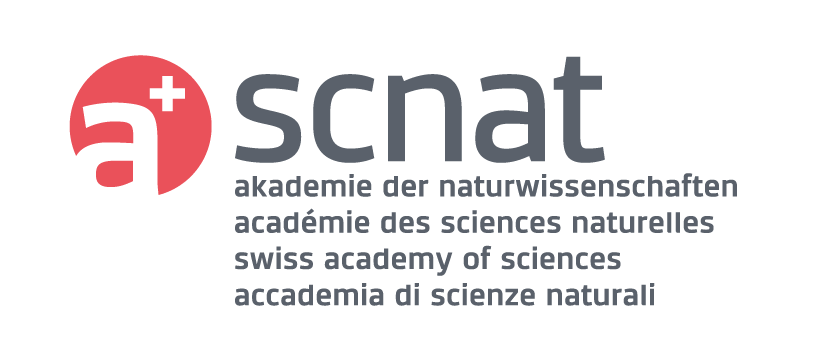Editor(s): M. Houssay-Holzschuch | Theme issue coordinators: I. Bauer and S. Landolt
14 Feb 2018
Introduction to the special issue “Young People and New Geographies of Learning and Education”
Geogr. Helv., 73, 43–48, 2018
26 Jan 2018
Framing, overflowing, and fuzzy logic in educational selection: Zurich as a case study
Geogr. Helv., 73, 19–30, 2018
16 May 2017
Unaccompanied minor asylum seekers – processes of subject formation and feelings of belonging in the context of educational experiences in Switzerland
Geogr. Helv., 72, 217–226, 2017
07 Mar 2017
The salience of liminal spaces of learning: assembling affects, bodies and objects at the museum
Geogr. Helv., 72, 109–118, 2017
02 Jan 2017
Enacting the contested past: conflict narratives in educational spaces
Geogr. Helv., 72, 5–16, 2017
19 Oct 2016
Migration and post-university transition. Why do university
graduates not return to their rural home region?
Geogr. Helv., 71, 271–282, 2016
